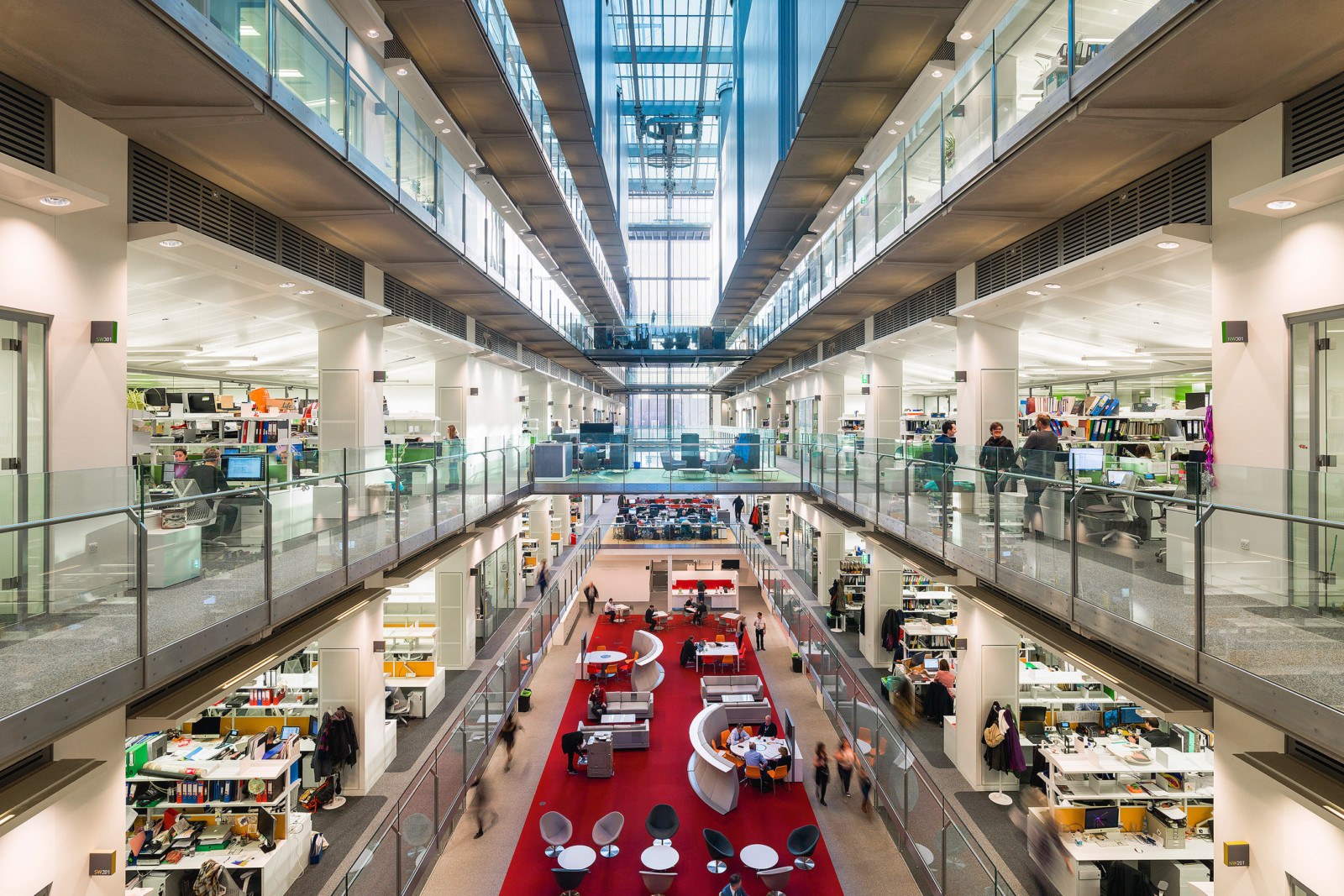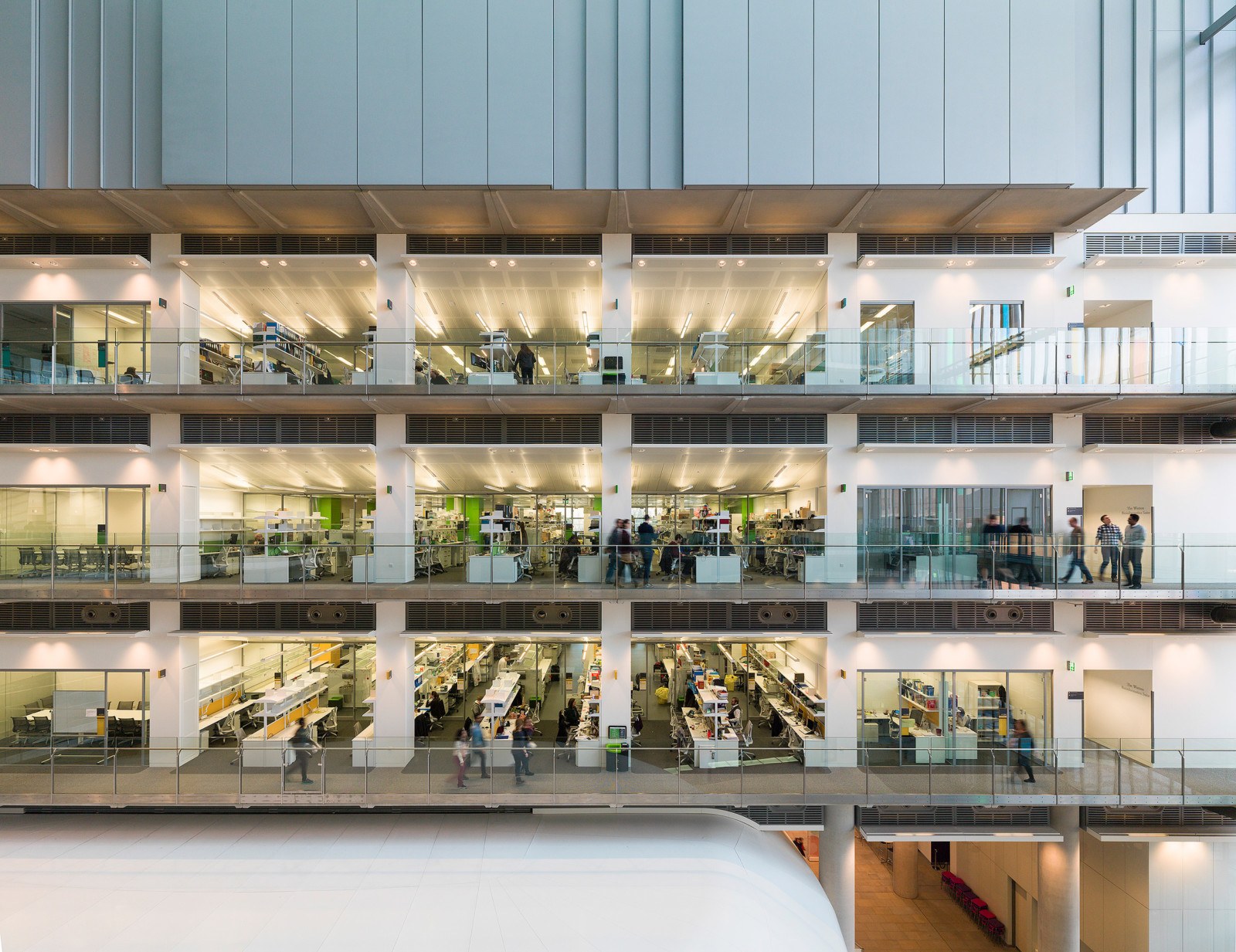Innovative research center in central London brings together scientists from academia, public institutions and private firms with a focus on collaborating on new discoveries to improve human health.
Excerpted from The Telegraph:
While big pharma companies spend billions bringing their drugs to the market, the science that makes them possible often originates in the public and third sectors at places like the Francis Crick Institute.
Opened to much fanfare in 2016, the giant facility beside St Pancras Station is a first of its kind collaboration between three universities, two charities and the state-backed Medical Research Council.
At £700 million, the institute was not cheap to build. But bosses claim the benefits of bringing 1,500 scientists, whose research areas range from stem cells to sex chromosomes, together under one roof make all the difference to the quality of research.
“Science is not going to flourish unless you have really strong collaborations between scientific disciplines,” said Sam Barrell, the Crick’s operations chief. “People are meeting over coffee and in the bike shed, people who would never have even known about each other’s research are having fantastic collaborations they would never have been able to have before.”
The collaboration is spurred by a flat management structure—researchers work in 100 small groups that don’t have to answer to larger division bosses—and airy, open-plan labs.
“We wanted to see how we could do research differently in a community that is notoriously insular,” said Daniel Hajjar of HOK, the architects that designed the building.
Barrell added: “Because there are no departmental structures, people don’t get locked into individual fiefdoms.” The sheer size of the Crick means it can accommodate specialist services that would not be available in a typical university biology department.
The Crick’s focus is on so-called discovery science—understanding how the human body functions and reacts to certain conditions—rather than drug development per se.
But the idea is that by working with commercial partners, including Astra, rival GlaxoSmithKline and a third to be announced at some point soon, the institute can pass on its findings to those who are involved in creating new treatments.
“Everything we do, we publish together,” added David House, who leads GSK’s team at the Crick.
“So when we’re working together, we get that advanced sight of the science we’re working on for a year or 18 months before it gets published.”
Collaborations with academic researchers are vital to pharma companies as they seek out the next big thing, but House says the close and continuous nature of this particular relationship makes it a lot more effective than in other cases.
“We can sit down on a Monday and if we want to, within two or three weeks we can be starting a project. When you’ve got to contract on a project-by-project basis, that has to go through our intellectual property and legal departments, taking months.”



